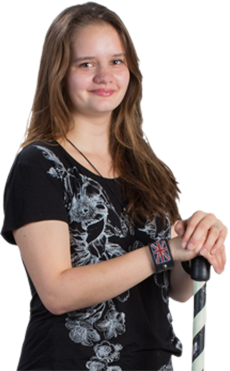Now that I’m a chunk into term 2, I finally understand enough of term 1 to talk about it. This is due to my own stupidity and laziness, not the difficulty of the course, so don’t be put off much. Here’s an overview of what happens in the first bit of 1st year Physics. I’ll include the not-particularly-physicsy bits and everything to do with the year in Europe and Theoretical courses too. If you are reading this because you want to study this stuff, do remember that you may have different lecturers and some of the aspects may change.
LECTURES
The first term contains five lecture course, none of which span the term, though I believe mechanics comes close.
Functions – This is basically a chunk of A-level maths plus a bit more. There’s some limits, integration and its uses, differentiation, including partial and total derivatives and a bunch of polar coordinates. I would recommend going over how polar coordinates work if you haven’t used them before. The course was well structured and paced and enjoyed on the whole. There is a full set of notes, which were handed out by chapter, so it as easy to keep track.
Mechanics – This starts with the stuff that you already know, but moves into things like non-inertial frames, center of mass frames, rotating extended bodies and angular momentum. This was probably the best lecture course in the 1st term, though an argument could also be made for functions. The structure and pacing was really comfortable, i.e. the perfect balance between boring and impossible. Most people enjoyed this course the most, possibly because it created the nice feeling as though you are doing physics. There is no official set of notes, but there are a few student-made ones circulating. I actually liked having to make your own notes, as it felt less like being a lazy cheat.
Complex Analysis – If you have seen and worked with complex numbers before, this course is hardly anything new until the end, where you get into differential equations. There is also a full set of notes for this, produced by the lecturer, which was helpful.
Vectors – Once again, this is nothing new if you’ve experienced further maths A-level and there is also a full set of notes.
Vibrations and Waves – Most people were fine with the vibrations bit, but some got put off by the fast pace (due to lack of lecture time) and got lost during waves. The lecturer has created a bunch of extra material though, so I think we’re mostly fine now, though we still burst out laughing when a lecturer mentions an assumption of out vibs and waves knowledge.
PROFESSIONAL SKILLS
There are four tutorials a week, each lasting 50 minutes. Due to the magic of some lecture courses being shorter than others and some not overlapping, each course will have its own tutorial, at least for a bit. The fourth 50 minutes is dedicated to the wonders of professional skills. This course may be tedious, but it is useful, since it consists of writing CV’s and covering letters and a mini group research project. Spoiler: term 2 then contains a topical review and problem solving.
LANGUAGES
As part of the year in Europe course, there is an hour a week dedicated to special language, which is to prepare you for the part where you actually learn in German, attend lectures in German and pretend that you know what the hell you’re doing, but in German. My favourite chunks of knowledge obtained so far are the names of tools, the word for oxyhydrogen and an extensive idea of the Brazil nut effect.
There is also a program called Horizons, which allows you to go learn more useful stuff, such as employability skills. As part of YiE, it’s obligatory to take your language. This is two hours a week.
Overall, it can get intense, since an hour of language technically requires an hour of homework. Then again, if you are serious about running off abroad, you are probably also serious about learning the language.
THEORETICAL
The theoretical and straight courses are absolutely identical so far, which also means that you can switch between them for now.




Hi 🙂 how many people are there in a tutorial group?
Hey:) There are 20-21, so like a small classroom.
Ok, thanks for your reply 🙂